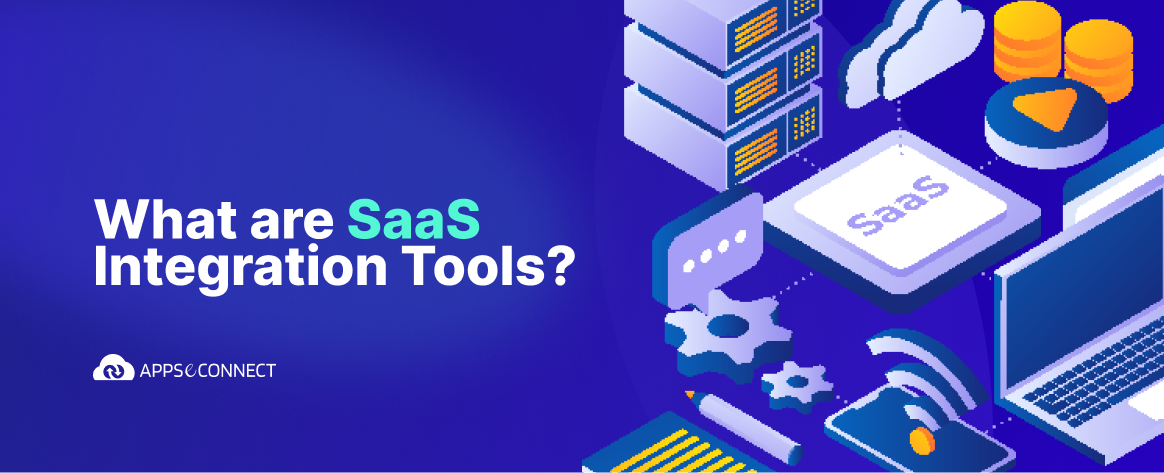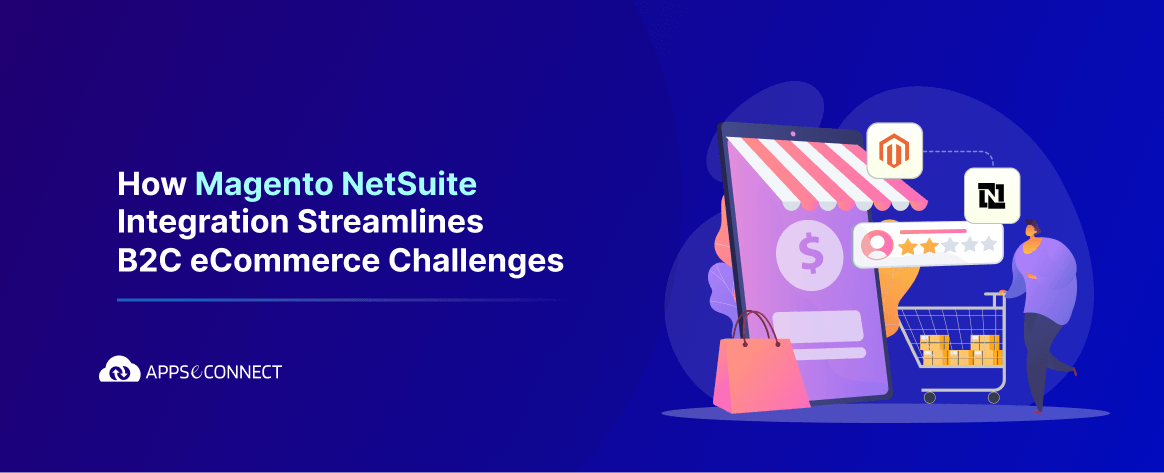Shopify recently announced Shopify Pay, a frictionless payment method to purchase goods online. Shopify Pay reduces the number of fields a customer has to enter from around 16 to just two. All that you need to do is, set up Shopify Pay, if you are already using Shopify Payments. Shopify Pay saves card details of repeat customers and those who have purchased on other Shopify Pay-compliant websites and breezes them through the checkout process. This is important because if we look at consumer behavior, most people abandon shopping carts just before they checkout because they get annoyed with the amount of information they need to enter.
What is Shopify Pay?
With almost half a million web stores using Shopify, Shopify Pay could be a game changing moment for most commerce stores out there. Even if only a small percentage of Shopify-run stores adopt Shopify Pay, customers who purchase on those stores will be able to quickly complete their payment on yours, if you enable Shopify Pay. You can look at it this way: if more eCommerce stores join Shopify Pay, the better it is going to be for you to get customers checkout quickly.
One of the key selling points of Shopify Pay is that it enhances security, which is already quite enviable on Shopify-run stores. Users receive a six-digit verification code via SMS, which they can enter to complete the transaction securely.
Some of the features of Shopify Pay are:
- Opt-in texting
- Security authentication
- 6-digit order notification sent to mobile phones
- All information is stored on PCI-compliant servers of Shopify
- Frictionless purchasing
- Increases mobile checkout speed by 40%
- Nobody has to repeatedly fill up checkout forms
- Great design, UX, and UI
- Intuitive interface
In the next 5-10 years, Shopify Pay is expected to grow exponentially, as more stores will come under its umbrella. This will help stores to automatically recognize shoppers, and shoppers can checkout with just the text message pin that is sent to them.
Here are the requirements of Shopify Pay
- To begin with, you should already be using Shopify Payments
- Your eCommerce store built in Shopify should be set to English as the default language.
- You will also need to turn off customer accounts or disable it. You have the option of making it “optional” if you are really in love with that feature.
How does the customer feel while using Shopify Pay?
Let us assume an online shopper visits your website. When they have selected what they wish to purchase, Shopify asks them to enter their shipping, billing and credit card information, all of which is saved with their permission. They just need to click on the checkbox and enter their mobile number again. The next time the shopper visits any of the stores (including yours) again, they will not have to enter any information again. They just have to enter the code sent via SMS on the checkout page.
Here is what you need to do in order to enable Shopify Pay
- Go to the admin and click on settings.
- Now, click on Checkout.
- When you look for the Shopify Pay section, you just have to select “Enabled” as the default option.
- If you do not like Shopify Pay feature for some reason, you can click on “Disabled”, and you will be back to using whatever you were using before you enabled Shopify Pay.
You can always explain to your customers that you personally do not have access to their payment information and that everything is saved on PCI-compliant servers. It is certainly not a difficult thing, and you will have a number of advantages.
Why Shopify Pay Is Important
1. Shopify Pay saves time
One of the main reasons why Shopify Pay is so attractive is, you will not have to deal with other payment gateways. If your website is already running on Shopify, you just need to enable it and start selling your products. This saves your time by avoiding the unnecessary exchange of data, having to manually enable and disable various kinds of payment options, etc.
2. Shopify Pay gives you access to more customers
Shopify Pay is likely to be adopted by most stores that use Shopify as their CMS. Whichever website uses Shopify and has also enabled Shopify Pay will likely help you grow as well. This is because, once a customer registers on any of the Shopify Pay-enabled stores, their information is stored and they wouldn’t have to enter their details again on your website. This gives you access to customers of your competitors as well.
3. You can reduce the number of shopping carts that are abandoned
Most of the times, people abandon their shopping carts because they find it annoying to enter a lot of information during checkout. Even when it is PCI-compliant and security features are reassuring, people find it quite tiresome to go through the entire payment procedure. So, it is more likely that they will abandon the cart.
4. You stand to gain from other businesses’ success
If the nearly half million stores that have already enabled Shopify become successful, you will probably gain from their success too. This is because, Shopify Pay will become instantly recognizable to shoppers, and they will have less hesitation to make that purchase.
Check out how Shopify scores with B2B needs!
5. Makes your eCommerce store ready for tomorrow
If you enable Shopify Pay, you will be prepared for a better tomorrow, which will likely depend on the frictionless shopping experience. Shopify Pay has an excellent UI/UX, and shoppers will not have to read through unattractive forms. Your eCommerce store looks more contemporary and credible and will remain so for a long time to come.
Be ready for the future
One of the best features of Shopify as an eCommerce platform is that it makes things easy for you to sell goods. It is easy to use, popular, has great themes, and gives you more control about how you choose to sell. Shopify Pay is a great feature of Shopify, which is now being adopted by many eCommerce stores. If you enable Shopify Pay now, you will be ready for a better future.
You may also like:
Top 13 Shopify Experts to Follow on Twitter
How to Manage Discounts from Shopify to SAP Business One
Why You Should Choose Shopify Plus




















